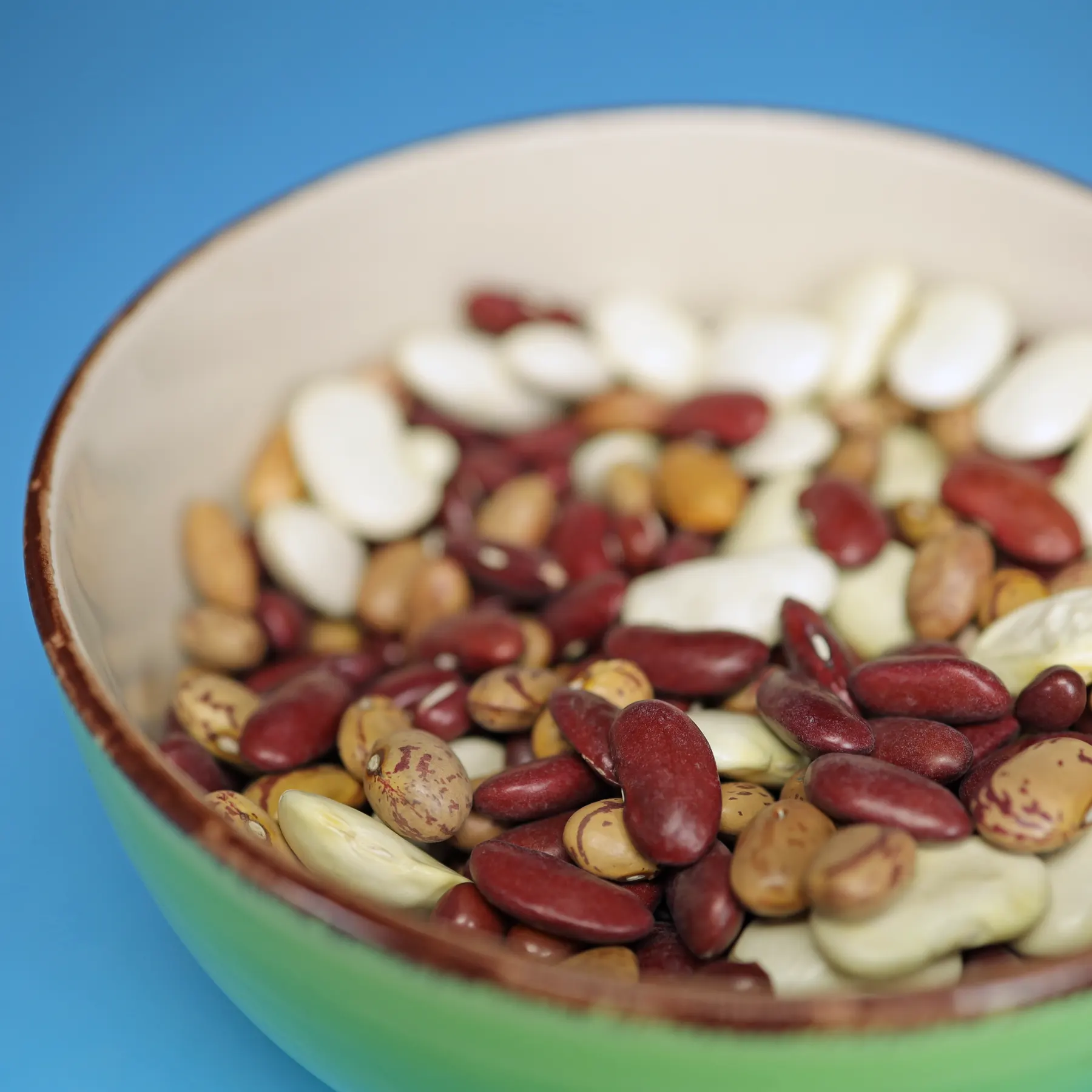The following refers to edible beans from the legume family.
Beans are delicious.
It’s a matter of taste, but yes, beans can be extremely tasty when prepared properly. There are many varieties and forms to choose from and many ways to use them.
Beans can be made into salad, stew, paddies or puree.

Beans are good for the climate.
Not necessarily for the indoor climate, as they stimulate the large intestine to produce gas when digested.
If they are not fed to animals, they do far less harm to the environment than other foods. They also bring their own fertilizer. They can fix nitrogen from the air and store it in small root nodules. So do the related peas, chickpeas and lentils.

Beans are beautiful.
Depending on the species and variety, bean flowers can be white, bright yellow, orange or red. The runner bean is grown not only as a food crop, but also as an ornamental plant.

Beans are climbers.
No, not all bean species are climbing growers. Bush beans for example, only grow between half a meter and a meter tall. Or the fava bean, it grows upright.

Beans are green.
Partial. The pods are mostly green, but the seeds can be white, yellow, red, brown, red-brown speckled. Black-white, black, brown-white and red-white bean seeds also exist.

Beans contain a lot of protein.
The seeds of fava bean can contain up to 30 g of protein per 100 g of dry weight. Those of the soybean even up to 35 g per 100 g.
Green beans are not quite as rich in protein. They contain only between 2 g and 4 g per 100 g.

Beans can be conserved for a long time.
Dried bean seeds can be used in cooking even after many years. Even if they have lost their ability to germinate.
String beans, which are the green beans, are good for freezing and canning.

Beans are habitat.
When the bean plants in our gardens are attacked by aphids or other so-called pests, it annoys us. The little buggers can reduce crop yields or even cause failures.
However, the beans are not defenseless against the pests. Those who garden organically can observe that infestations of aphids are followed by visits from ladybugs. The beetles and their larvae eat the aphids. So in naturalistic gardens, this takes care of itself.
The ladybugs and their larvae are also eaten by other animals. By birds or larger beetles. In this way, beans feed humans and other animals.

Categories: Nuts & Seeds |
